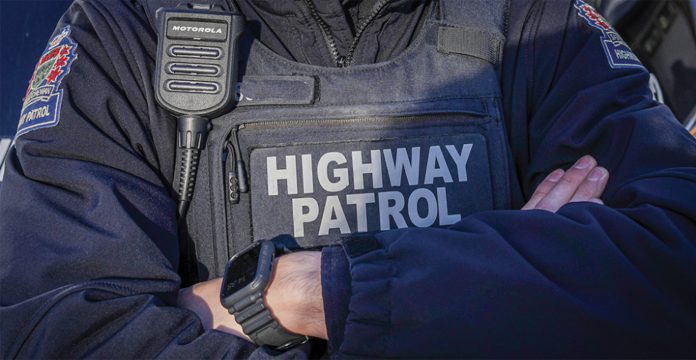Emokhare Paul Anthony
Daily Herald
The provincial government and Saskatchewan Highway Patrol (SHP) plans to step up traffic stops and other traffic enforcements strategies as Operation Safe Driver Week begins in Saskatchewan.
The annual week runs from July 7-13. Corrections, Policing and Public Safety Minister Paul Merriman said they want to encourage and improve safe driving behavior.
“It is imperative that every driver follows safe driving habits in Saskatchewan,” Merriman said in a press release.
“Every day the Saskatchewan Highway Patrol, RCMP and municipal police services across the province work to ensure the safety of our roadways. We are grateful for their dedication and for reminding motorists to take safe driving habits seriously,” he added.
The week is designed to encourage and improve safe driving behaviours of private vehicle operators and commercial vehicle drivers through education, traffic enforcement and interactions with police officers.
During Operation Safe Driver Week, SHP personnel will employ heightened traffic enforcement strategies across the province – such as traffic stops – focusing on risky behaviors like speeding, distracted or aggressive driving and failure to wear seat belts.
Officers will also be watching for drivers impaired by alcohol and drugs, aiming to reduce the devastating impact of impaired driving.
In a press release on Monday, the provincial government said these efforts are crucial in light of the prevalence of speeding, distracted driving and impaired driving as leading factors in traffic fatalities in Canada.
“Operation Safe Driver Week plays a pivotal role in educating drivers and enforcing safe driving practices to mitigate these risks and promote overall road safety,” reads the press release. Operation Safe Driver Week was launched by CVSA in 2007 in partnership with the
Federal Motor Carrier Safety Administration, law enforcement and industry partners to reduce the number of deaths and injuries caused by crashes involving large trucks, motorcoaches and passenger vehicles.


